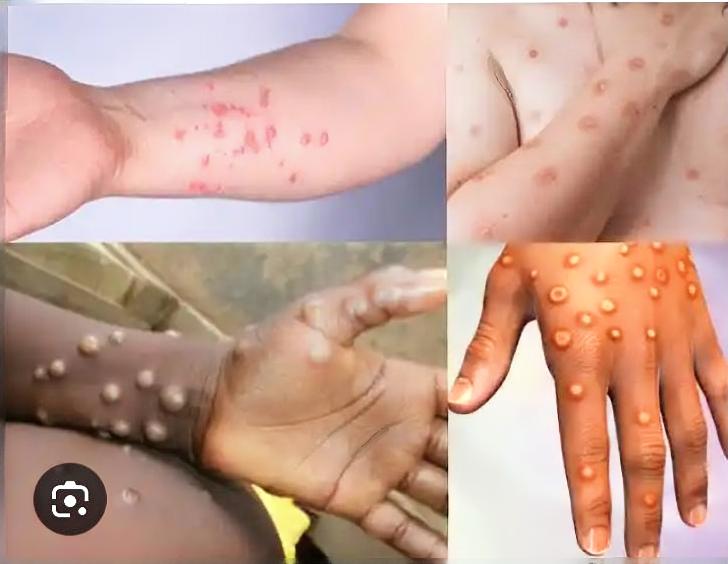RECENT developments have heightened global concern over Mpox, previously known as Monkeypox. Just days before the World Health Organisation’s announcement, the African Centre for Disease Control had also declared the virus a health emergency.
As of 16; August 2024, the Nigeria Centre for Disease Control and Prevention (NCDC) confirmed 39 cases of Mpox in Nigeria and issued a nationwide health advisory.
The Democratic Republic of Congo (DRC) has been battling a severe Mpox outbreak since December 2022, with over 14,000 cases and 524 deaths reported this year alone.
The disease has recently spread to Europe, with Sweden reporting its first case outside Africa. WHO has expressed concern over new cases emerging in Burundi, Kenya, Rwanda, and Uganda.
What is Mpox?
Mpox is a viral disease related to smallpox, affecting both humans and animals. It generally causes milder symptoms, such as fever, chills, and body aches, but can lead to more severe symptoms including skin lesions on the face, hands, chest, and genitals in severe cases.
Strains of Mpox
There are two primary strains of Mpox:
Clade I: More severe, with a higher fatality rate of approximately 10%. This strain has been linked to the recent outbreak in the DRC.
Clade II: Less severe, with a survival rate of 99%. This strain caused the 2022 outbreak.
Recent outbreaks have included transmission through sexual contact, in addition to physical contact. The majority of new cases are in children under 15, who also represent a significant proportion of deaths.
Transmission and Symptoms
Mpox spreads through close contact with infected individuals or animals and can also be sexually transmitted in cases of Clade I. Symptoms include rashes, flu-like symptoms, and pus-filled lesions. The disease poses greater risks to children, pregnant women, and those with weakened immune systems. The new variant often presents milder symptoms, making detection more challenging.
Precautionary Measures
To reduce the risk of Mpox, consider these preventive steps:
1. Understand Transmission: Mpox spreads through close contact with infected persons or animals and contaminated materials. Awareness of its transmission methods is crucial for prevention.
2. Practice Good Hygiene: Regular handwashing with soap and water, or using alcohol-based hand sanitiser when soap is unavailable, is essential.
3. Avoid Contact with Infected Individuals: Refrain from close physical contact with those diagnosed with Mpox and avoid sharing personal items that could carry the virus.
4. Wear Protective Clothing: In situations involving potential exposure, use gloves and masks. Healthcare workers should follow recommended personal protective equipment (PPE) guidelines.
5. Isolate Infected Individuals: Keep those diagnosed with Mpox in isolation to prevent the virus from spreading. Maintain separate facilities for their use if possible and disinfect commonly touched surfaces regularly.
6. Consider Vaccination: The smallpox vaccine offers some protection against Mpox. Consult healthcare providers in high-risk areas about the need for vaccination.
7. Stay Informed: Keep up-to-date with information from reputable sources like the WHO and CDC to stay aware of any outbreak developments.
8. Seek Medical Attention: Promptly seek medical care if you experience symptoms such as fever, rash, or swollen lymph nodes, especially if you have been in contact with a confirmed case.
By following these guidelines, you can help protect yourself and others from the Mpox virus and mitigate its spread.
Source: Platinumpostng.com
Eighteen-Eleven Media


